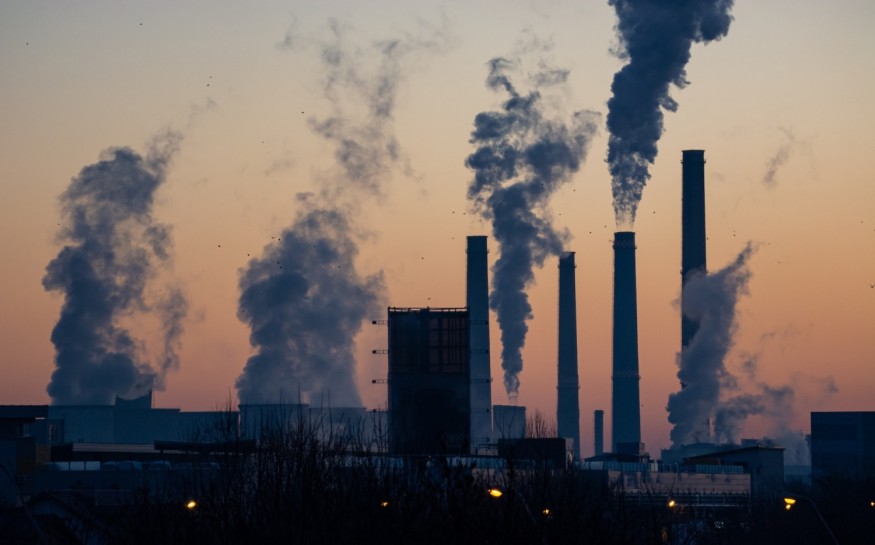Radioactive water from the Fukushima nuclear power plant in Japan will soon be released later this week, according to reports. The Japanese government will dump over 1 million metric tons of radioactive waste starting Thursday, August 24.
For months, some local fishermen and other members of the international community have denounced the Fukushima water release into the Pacific Ocean.
Despite receiving a green light from the U.N. nuclear watchdog, International Atomic Energy Agency (IAEA), Japan's neighboring countries such as China have expressed concern regarding the move.
Although Japan said the wastewater is safe, some of the potential reported threats from the tsunami-wrecked power plant are its impact on marine life in the waters of East Asia and even further down to Southeast Asia.
Fukushima Water Release

Japanese Prime Minister Fumio Kishida stated that he expects the Fukushima radioactive water to be released starting Thursday under circumstances the weather permits. The announcement comes after local authorities said it received "a degree of understanding" with the fishing industry in relation to the release of the water into the Pacific Ocean.
However, local fishermen are still concerned that the release could potentially ruin their livelihood. When it comes to international opinion, the neighboring countries of Japan differ on their take when it comes to the potential environmental repercussion of the Fukushima water. With this, the possible avoidance of fresh seafood from Japan is some measures being taken by Macau and Hong Kong.
In South Korea last month, various reports said shoppers had hoarded salt and seafood prior to the Fukushima water release. It is known that the country has banned the import of Japanese seafood from the Fukushima area since 2013.
Now, Japan's plan will take over 17 days starting August 24, initially discharging a total of 7,800 cubic meters during the mentioned period.
Fukushima Nuclear Disaster
The controversial plan surrounding the release of potentially dangerous radioactive water from the Fukushima nuclear power plant has its root more than a decade ago.
In March 2011, an earthquake ranging from 9.0 to 9.1 occurred off the coast of east Japan, resulting in a deadly tsunami responsible for killing more or less 20,000 people. The severity of the massive tsunamis caused a nuclear accident at the Fukushima Daiichi Nuclear Power Plant, located in Okuma, Fukushima, Japan.
According to the World Nuclear Association, a 15-meter tsunami disabled the power supply and cooling operations of three reactors at the Fukushima Daiichi, causing a nuclear disaster beginning on March 11 of the said year. The disaster involves the melting of three cores in the first three days.
Since then, contaminated water remained at the plant, but developments about its release was only finalized earlier this year. Even after the release of the Fukushima radioactive water, Japan will still collect samples from the ocean to determine any incurred hazards.
© 2025 NatureWorldNews.com All rights reserved. Do not reproduce without permission.

